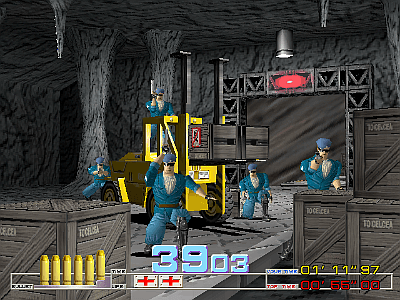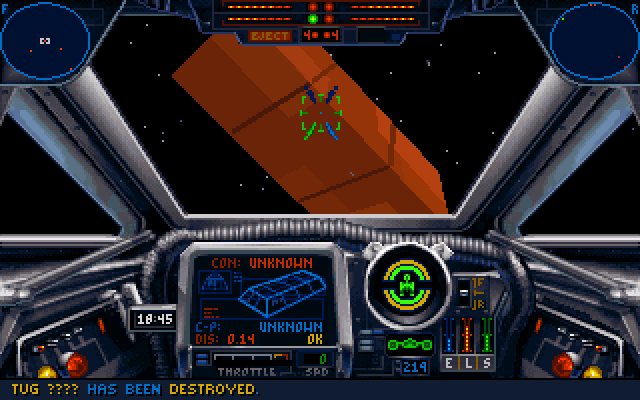I got the crazy idea a while back to build a combat system from scratch for a survival horror IF I have embarked upon writing. The system I am using for the game is hypertext/html based using the VIBAE 2 system I created for my Spring Thing '23 entry The Mamertine
As always implimenting this sort of thing is more complicated that it first appears, so I thought I would make a thread here in this community to document my progress and get people’s opinions and maybe even a playtester or two as things come together. This forum already has quite a few topics on the general theme of combat in IF but one more probably won’t hurt!
Specifically one of my design requirements was for this system to also be playable as a tabletop system. Not that I am planning to make a physical game based on this system but I would like to design this possibility in. This means all RNG events must be able to be done with D6s (preferably needing less than 12 in total to resolve any one action) and simple lookup tables.
The system would have ranged and melee combat and would be turn based.
The system computes a basic two dimensional combat space with each combatant having a position within it.
What the player sees is a descriptive representation of the combat space. This is where the harder design task lies. A choice has to be made here as to how literal the description is to the actual mechanics being computed. This will be the balance between what I would consider being interactive fiction and being a crpg.
For the UI I don’t think it will be that hard to impliment inside a hyperlink/html game system. Inside a parser would be more difficult perhaps but I think this discussion has already been flogged to death elsewhere on this forum.
The fundamental design question is how to present the player with compelling dialemmas and trade-offs. Specifically regarding the game I am writing the player character will be armed with a machine pistol but in typical survival horror fashion will have very limited ammo for it. The machine pistol also is selective fire therefore the player has the choice to fire a lower accuracy burst (high damage per turn at closer range, uses more ammo) or a higher accuracy single shot (more likely to hit at longer ranges, lower damage per turn, uses less ammo). The accuracy mechanic means that some sort of range judgement is needed. If the player chooses to fire full auto at distant enemies they will chew though their ammo for limited effect, leaving them to spend the rest of the game having to defeat any enemies using melee, which ought to drastically reduce their chances of survival.
If the player is not engaged in melee combat already they may choose to charge an enemy to engage them in melee combat. If the enemy is sufficiently far away from other enemies then this might be a prudent move if the player can defeat them before other enemies can close in on them.
The enemies the PC will encounter do not have ranged weapons and will generally be inferior to the player in a one-on-one melee, howerver if the player is engaged by more than one at a time or attacked from behind their chances of coming out on top will decrease rapidly. This implies that situation awareness of the combat space is going to be an important gameplay factor so how much literal information is given to the player about it is going to be crucial here.
To be continued…



